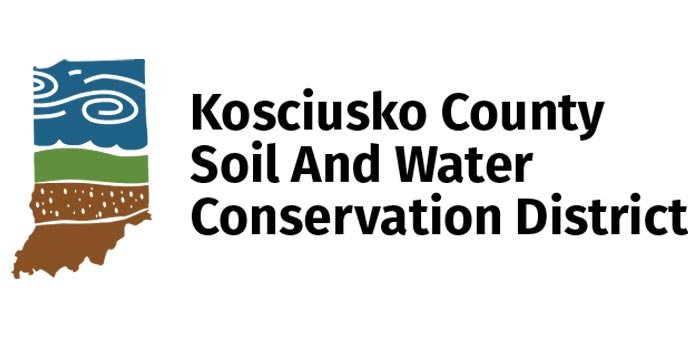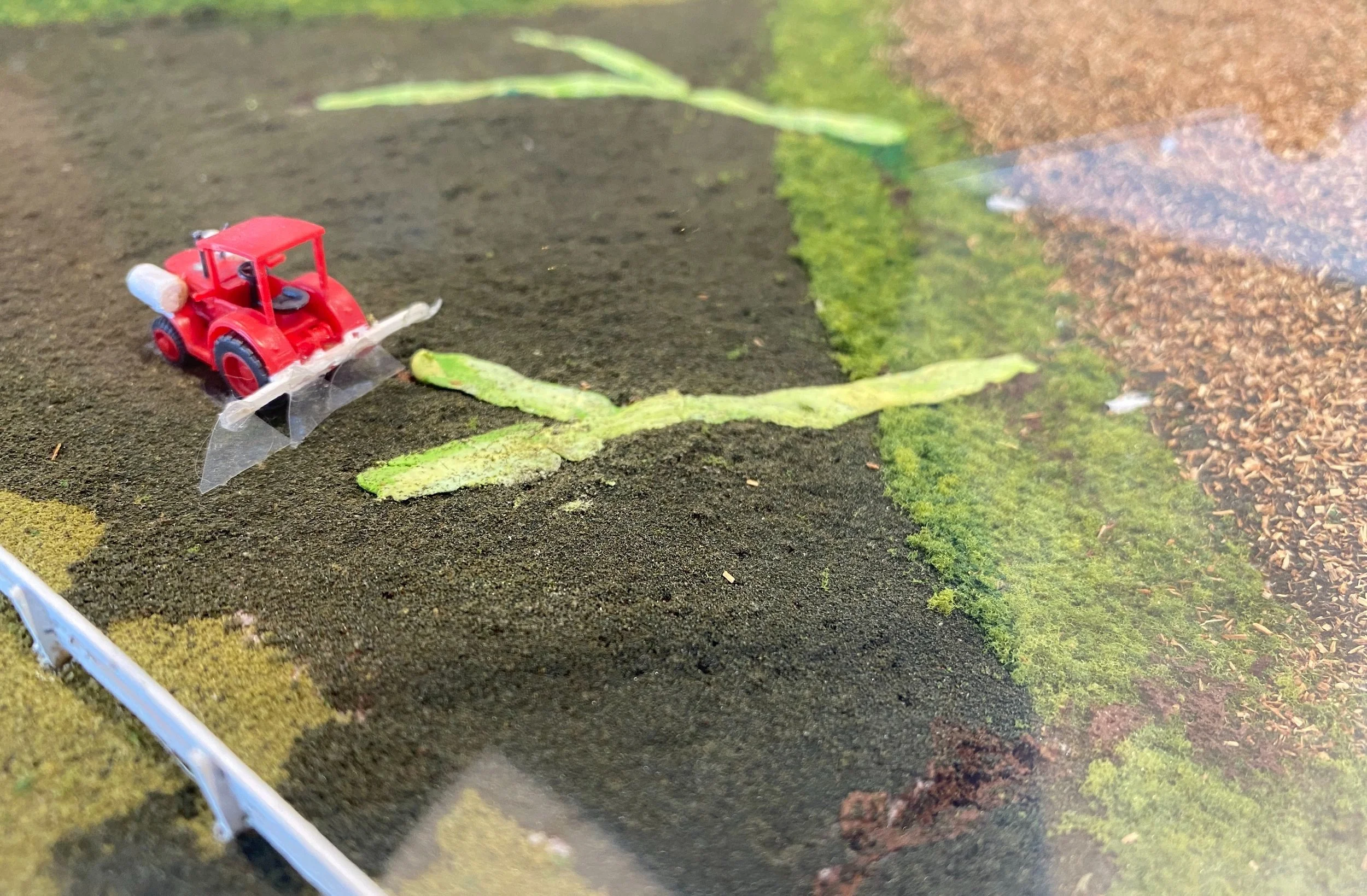Conservation Reserve Program (CRP) Land
The farmland with trees on it is enrolled in the Conservation Reserve Program (CRP). CRP is a voluntary program that encourages farmers and landowners to convert highly erodible and environmentally sensitive farm ground to native grasses and trees. The grasses and trees help to improve water quality by reducing soil erosion. They also provide wildlife habitat.
CRP is administered through the Farm Service Agency (FSA), which is an agency of the U.S. Department of Agriculture (USDA). CRP participants receive annual rental payments and cost-share assistance to establish long-term vegetative cover. Landowners can visit the USDA Service Center to learn more about this program.
Even if you don’t own farmland, you can plant native trees and grasses on your property to prevent erosion, provide wildlife habitat, and protect water quality. The Soil and Water Conservation District has an annual tree sale to provide a low-cost source of trees to the community.
Did you know that in 2024, the Farm Service Agency reported nearly 26 million acres enrolled in CRP? This is an area larger than the state of Indiana!
Learn more about the conservation reserve program from the Farm Service Agency (FSA).
The Eroding Field
The farm next to the airport has bare soil without crop residue to prevent wind and water erosion. Soil has been blown from the field to the airport and under the fence onto the runway. This is called wind erosion, and can be prevented by implementing no-till, planting a cover crop, and/or installing a windbreak.
The slope in this field is such that runoff has eroded some significant gullies. A gully is a deep channel formed by running water eroding away the soil. The tractor is repairing some of the gullies. You can see that the bright green ones have been repaired by filling in with soil and planting grasses to hold the soil in place. There is one more gully that still needs to be repaired.
The low, green area between the two fields is a grassed waterway. A grassed waterway is a grassy area where water gathers and flows off the field. Grasses in the waterway slow down the flow of water and hold onto the soil to prevent erosion, stopping sediment from polluting the water. This farmer is taking some great steps toward preventing erosion!
Learn more about cover crops from Sustainable Agriculture Research and Education (SARE).
Learn more about grassed waterways from the Natural Resources Conservation Service (NRCS).
The No-till Field
The farm next to the highway has left the corn stubble on the field after harvest. This is called no-till. No-till is a conservation practice where the farmer does not till (turn over) the soil and leaves the residue from the previous crop to help prevent soil erosion and protect water quality. In 2024, 82% of soybean fields and 42% of corn fields in Kosciusko County were no-till. Adoption of no-till has remained relatively stable for the last 50 years.
Learn more about no-till from the United States Department of Agriculture (USDA).



